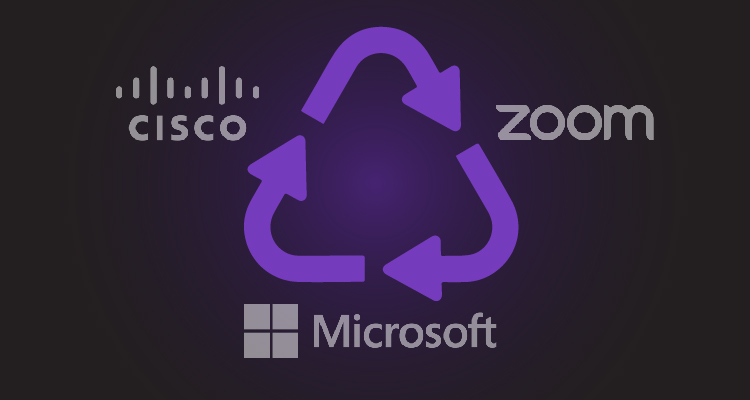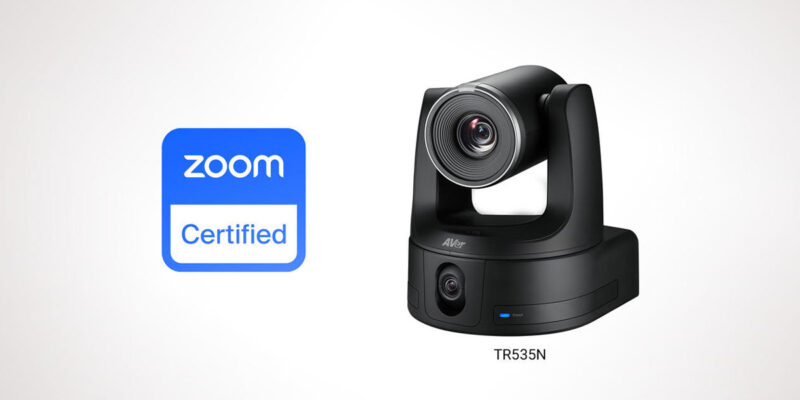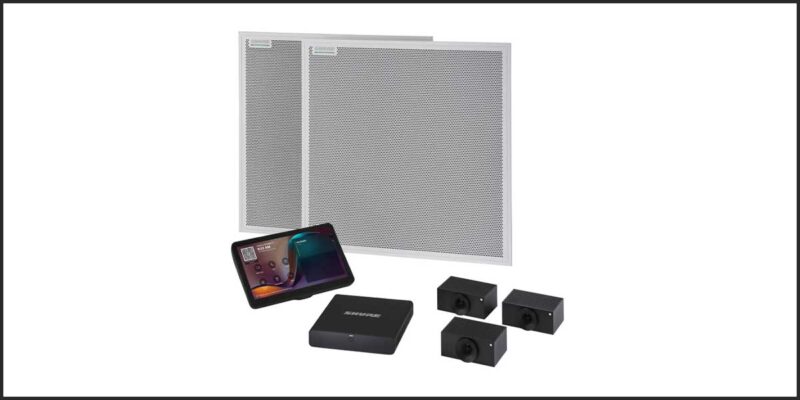Cisco, Microsoft Teams and Zoom Will Be Totally Interoperable by Mid-2020!

By Chris Mcintyre-Brown
Associate Director, Futuresource Consulting
As video conferencing solutions proliferate, remote working continues to rise and the number of inter-company video conferences increases, a lack of system interoperability has become a major pain point for many users. Internally focused video conferences are less problematic, as everyone is familiar with their system of choice. However, once companies begin to interact with each other, there’s a good chance they are using different VC providers. That means multiple independent accounts, no central system and a need to hop from one provider to another throughout the day.
All this frustration could soon become a thing of the past, as Microsoft and Cisco
A recent Futuresource research study, which interviewed over 1,100 end users across the USA, UK, Germany and France, shows that almost two-thirds of interviewees are spending up to three hours per week in meeting rooms using conferencing technology. In addition, nearly three in four companies are actively encouraging employees to increase their use of conferencing technology to communicate with colleagues, customers and third parties.
Until now, it hasn’t been possible to start or join a session from one provider by using the platform of another. Not only has this been a nuisance, it could be impacting company profitability. The Futuresource study shows that one in three conference calls suffers from some sort of mishap, including problems encountered when people try to join the conference session, or due to unfamiliarity with the system during the call. One in four conference sessions also begins with a delay, costing companies time, money and sometimes goodwill. Much of this is likely to be resolved by employees being able to use their preferred video conferencing system regardless of the situation.
With this major technological challenge poised to fall away, the future for video conferencing is looking stronger than ever. What was once seen as a solution for the boardroom is being harnessed by employees at all levels, and this new announcement is another driver of demand. Futuresource research shows that sales for video conferencing hardware increased by 50% last year, reaching 1.4 million units, while forecasts show the market will continue to grow at double digit rates, generating a 27% CAGR through to 2022, to reach 3.6 million units in that year.
Here is the original blog post, as it was published on Futuresource’s website. Here is more information on Futuresource Consulting.




